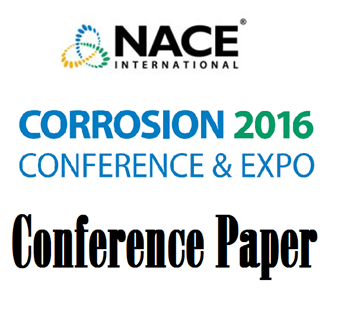Search
10086 Simulation Assisted Design of Storage Tank Base ICCP
Also Purchased
08059 Current and Potential Distribution Modeling for CP of Tank Bottoms
Product Number:
51300-08059-SG
ISBN:
08059 2008 CP
Publication Date:
2008
$20.00
51315-6016-Corrosion Protection of Storage Tank Soil Side Bottoms—Application Experience
Product Number:
51315-6016-SG
ISBN:
6016 2015 CP
Publication Date:
2015
$0.00
51316-7019-Cathodic Protection System for Hot Sulphur Tank Bottom
Product Number:
51316-7019-SG
ISBN:
7019 2016 CP
Publication Date:
2016
$20.00
Recently viewed




